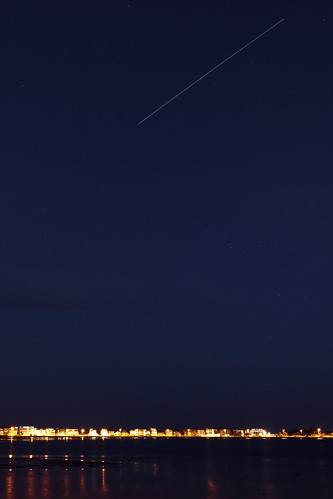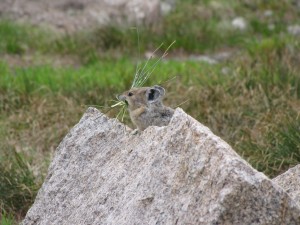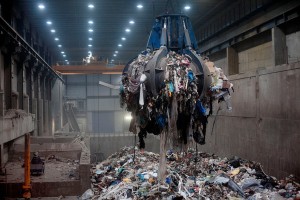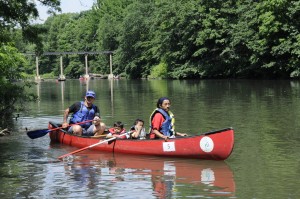
Hand soap with Triclosan. Courtesy of CAPL Washington and Jefferson College
When buying soap and cleaning products, most consumers purposefully purchase brands that are known for being antibacterial. It has been well advertised that antibacterial products are necessary for keeping people and their families safe from getting sick; as it turns out, this assumption that antibacterial is better is not being confirmed by modern research. Additionally, the active ingredient in antibacterial soap, triclosan, is bad for the environment and potentially dangerous for humans.
Triclosan is a molecule that contains mostly carbons and chlorine, and was first patented in 1964. While that molecular makeup seems harmless, especially considering all healthy, organic compounds contain carbon and chlorine is a common atom that humans are exposed to, the particular structure may actually be detrimental to the environment and human health.
Continue reading



